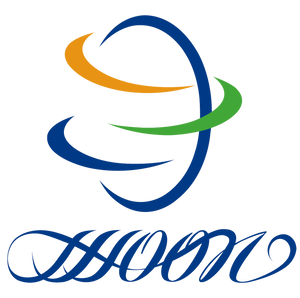
The structure of artificial turf fiber mimics the shape and color of natural grass plants. Advanced synthetic fibers have the ability to withstand UV rays, and special materials (PP, PE) provide unmatched friction and durability. Compared with natural turf, it is more convenient for athletes to enter the best state, and the effect of long-term high frequency use is far more effective than natural turf.
Artificial turf is more economical than natural turf. Natural turf needs daily maintenance such as pruning, irrigation, fertilization, and the service life is 2 to 4 years. Artificial turf has a service life of about 8 to 12 years. It only needs to remove surface debris regularly and sweep the filler to make the grass stem stand upright.
In terms of durability, natural turf can withstand limited use, and it is not suitable to hold more than 5 events a week. It can only be postponed in rainy and snowy weather. Natural lawns are also not suitable for excessive non-competitive activities, such as large public events. Artificial turf can be used around the clock, there is no frequency limit, and it can also be used for other competitive sports such as baseball. Some group events or large exhibitions can also be arranged on artificial turf.
After several generations of artificial turf, the grass has been comparable to natural grass. Artificial turf can be controlled to form a squeeze according to the unique filling system and the grip of the sole of the shoe, and produce a stable grip to fit the sole, and its "spatial memory" performance can help the turf to quickly return to its original shape. Helps reduce exercise fatigue.





